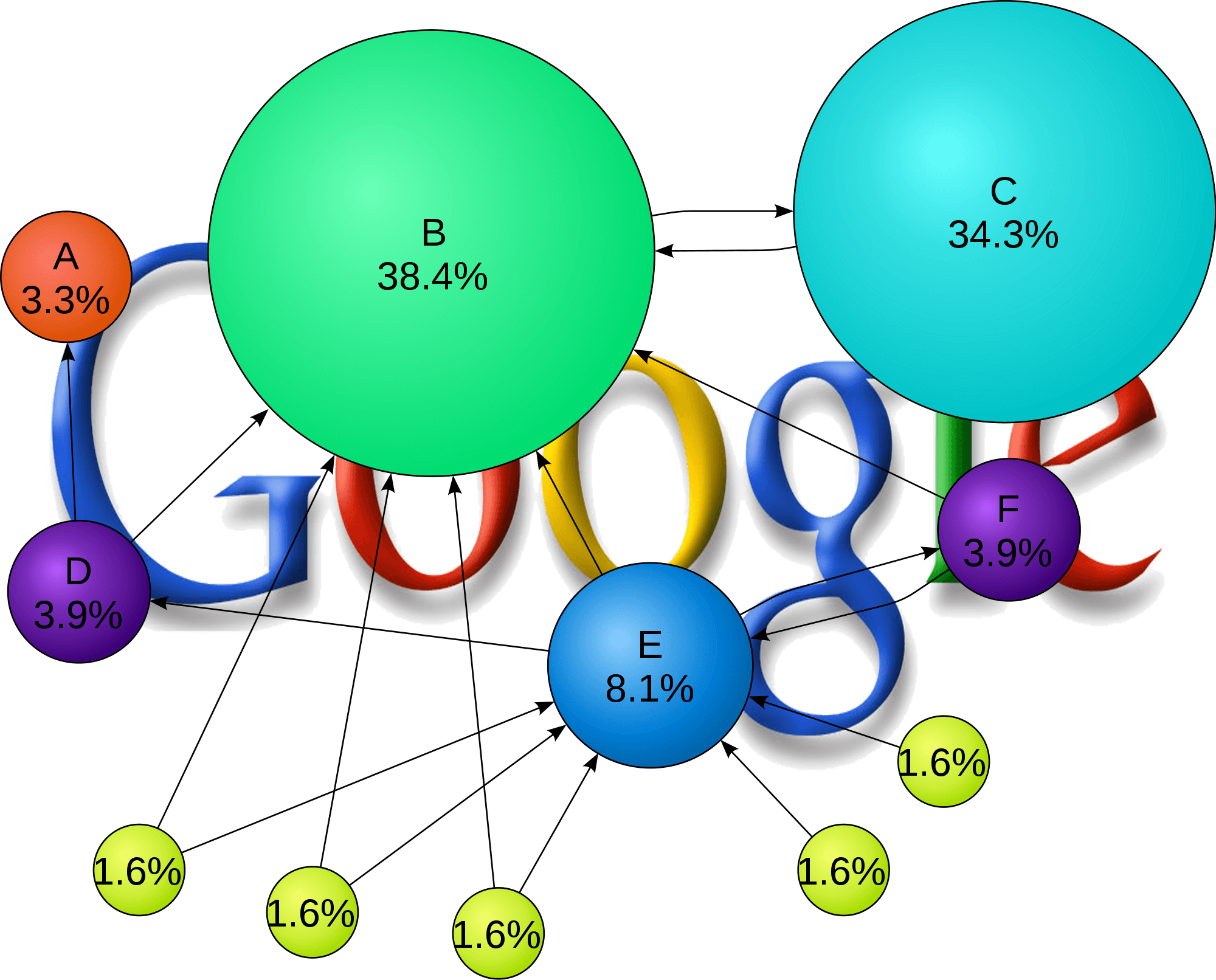How To Do A Google PageRank Check In 2015

As most of you may already know, performing a Google PageRank check in 2015 using the Google PageRank toolbar is no longer an effective method for discovering a site’s PageRank due to Google not聽publiclly聽updating PageRank since December 6, 2013. However, this does not mean that PageRank (PR) is no longer a factor as there are still a few ways that you can estimate a site’s PageRank without the toolbar.
A Little About How聽PageRank Works
Before I get into how to do a Google PageRank check, it’s important that you understand how PageRank works. You see, PageRank is a logarithmic algorithm, although the exact scale has never been revealed (it has been estimated to be between 2聽and 10). What this means is that an inbound link from a PR 2 website is 2 to 10 times better than a PR 1 backlinks, a PR 3 backlink is 4 to 100 times better than a PR 1 backlinks, and so on and so forth.
How To Do A Google PageRank Check
Now that you know a little about how PageRank works, it will be easier to understand how you can estimate a site’s current PR. This is just a tip, but if a website had a high PageRank during the final public PR update, there’s a聽good聽chance that it still has that same PageRank, especialyl if the site is still ranking well and receiving visitors. Got that? Good, now let’s continue.
To estimate聽a site’s PageRank, you need to take all of a site’s inbound links into account since PageRank is determined by the PageRank of the site’s linking to it. For example, if websites that previously had a high PR聽are still linking to the website that you’re estimating the PR for, then it’s likely that the site that those other websites are linking to is also a high PR site.
Alternatively, you can use the original formulka for calculating PageRank:
PR(A) = (1-d) + d (PR(T1)/C(T1) + … + PR(Tn)/C(Tn))
- PR(A) is the PageRank of page A,
- PR(Ti) is the PageRank of pages Ti which link to page A,
- C(Ti) is the number of outbound links on page Ti and
- d is a damping factor which can be set between 0 and 1.
Related Articles:
- The Difference Between B2B SEO & B2C SEO
- Everything You Need To Know About Parasite SEO
- Can The Google Knowledge Vault Redefine Modern Search?
- The Complete List Of Google Penalties
- White Hat Link Building: How To Avoid Link Schemes
- Are Link Building Services Black Hat or White
- What You Need To Know About SAPE Links
- Poor Website Ranking? Here Are 15 Reasons Why
- What Is URL Cloaking And How Does It Work?
